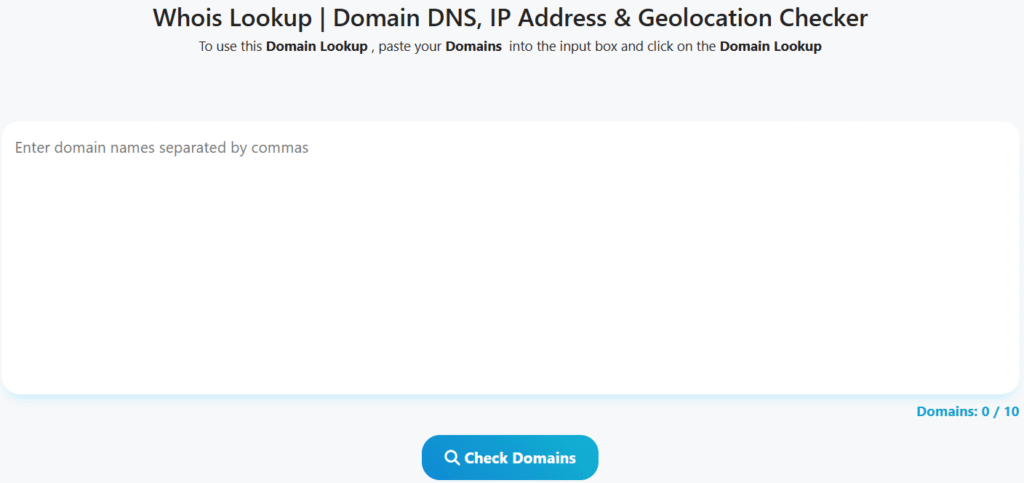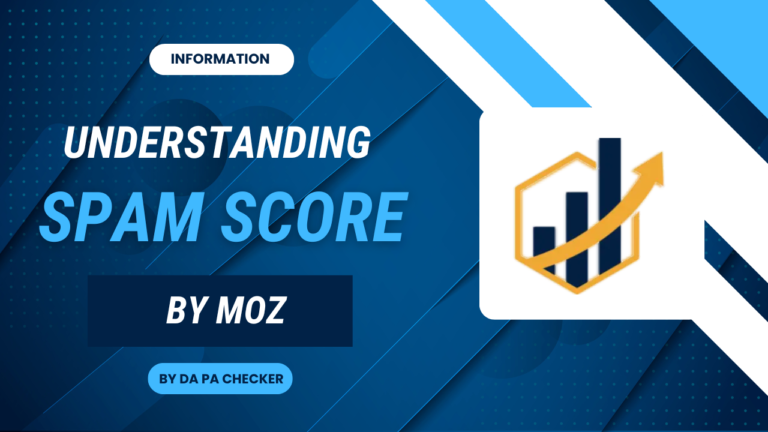In the digital age, domain names serve as virtual addresses for individuals, businesses, and organizations online. Whether you’re a cybersecurity analyst, digital marketer, domain investor, or curious website visitor, understanding WHOIS lookups can be essential for making informed decisions about online interactions. This article explores what a WHOIS lookup is, how to perform one, and why it matters — with a focus on practical application, legal context, and digital security.
What Is a WHOIS Lookup?
A WHOIS lookup is a process that retrieves publicly available information about a registered domain name. This data includes the domain’s:
- Registrant name and contact information (if not protected by privacy services)
- Registrar (the company that registered the domain)
- Registration and expiry dates
- Name servers
- Domain status (e.g., active, on hold, pending delete)
WHOIS records are maintained by ICANN (Internet Corporation for Assigned Names and Numbers) and regional domain registries. According to ICANN policies, domain registrants are required to provide accurate contact details when registering a domain. This data is stored in a global WHOIS database and can be queried using various tools.
How to Perform a WHOIS Lookup
Performing a WHOIS lookup is straightforward and can be done through several methods:
1. Using Online WHOIS Lookup Tools
There are several trustworthy websites offering free WHOIS lookups. Some reliable options include:
- DAPAcheckerpro – Domain Lookup
- ICANN Lookup Tool – Lookup
- Whois.com – Whois
- DomainTools – Domain Whois
Steps:
- Visit the tool’s website.
- Enter the domain name (e.g., example.com).

Review the displayed WHOIS record.

Why WHOIS Lookup Matters
1. Domain Ownership Verification
Before purchasing or negotiating for a domain, you need to verify who owns it. A WHOIS lookup provides transparency about the current registrant.
2. Cybersecurity and Fraud Prevention
WHOIS data helps identify suspicious domains, phishing websites, and potential cyber threats. Security professionals use WHOIS data for threat intelligence and incident response.
3. Trademark Protection and Legal Action
Companies monitor domain registrations to protect their brands. If someone registers a domain similar to a trademarked name, WHOIS records can help initiate legal action or dispute resolution through UDRP (Uniform Domain-Name Dispute-Resolution Policy).
4. Technical Troubleshooting
System administrators use WHOIS data to identify domain registrars, nameservers, or registrants when resolving DNS issues or managing domain migrations.
5. Expiration Monitoring and Domain Backordering
Domain investors or businesses might monitor expiring domains. WHOIS data reveals when a domain is due to expire, enabling backordering or acquisition planning.
WHOIS Privacy and GDPR Impact
Since the implementation of the General Data Protection Regulation (GDPR) in 2018, many WHOIS records no longer display personal contact details. Instead, they show messages like “Redacted for Privacy” or “REDACTED FOR GDPR.”
This change balances user privacy with public transparency, although it has made it more difficult for third parties to contact registrants directly without using registrar-provided communication channels.
Best Practices for Using WHOIS Data
- Use it ethically: Do not use WHOIS data for spam, unsolicited sales, or harassment.
- Verify before acting: Information may not be updated instantly. Always double-check with the registrar if needed.
- Protect your data: When registering a domain, consider using WHOIS privacy protection services to shield personal details from public view.
Final Thoughts
WHOIS lookups are a valuable tool for understanding the ownership and background of domain names. Whether you’re ensuring a site’s legitimacy, protecting intellectual property, or gathering intelligence for security, WHOIS data plays a pivotal role in how we navigate the web.






